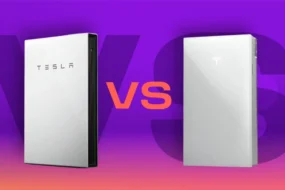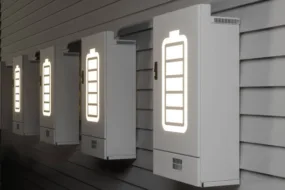Single-axis solar tracking:
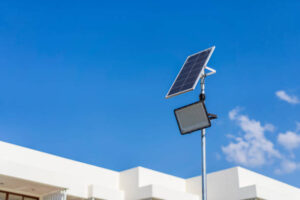
Imagine squeezing more juice out of your solar panels. That’s the promise of a single-axis solar tracking system, a technology that optimises your system’s performance by following the sun’s path throughout the day. But is it the right fit for your home? Let’s dive in and explore the sunshine-chasing world of single-axis trackers.
What is a single-axis solar tracking system?
Single-axis solar tracking systems are designed to follow the sun’s movement across the sky throughout the day. Unlike fixed solar panels, which are stationary, single-axis trackers pivot on a single point to maximise solar energy capture. This pivot usually follows the sun from east to west, ensuring that the solar panels are always at an optimal angle to absorb the most sunlight possible.
How does a single-axis solar tracking system work?
Imagine your solar panels as sunbathers on a beach chair. A fixed-tilt system positions them in a single, comfortable (but not always optimal) spot. On the other hand, a single-axis tracker is like a helpful friend who adjusts the chair throughout the day, ensuring your panels get the most sun exposure.
These trackers typically rotate along one axis, either east-west or north-south, following the sun’s path across the sky. This allows them to capture direct sunlight for longer periods, significantly increasing energy production compared to fixed-tilt systems.
Read more: Tesla Powerwall 3 and 2: Which One Will Boost Your Home?
Key Components of Single-Axis Solar Trackers
i. Motor and Drive System: These components move the panels to track the sun’s path.
ii. Controller: This system ensures the panels are positioned correctly throughout the day.
iii. Solar Panels: The primary components for capturing solar energy are mounted on the tracking system.
Benefits of Single-Axis Solar Tracking
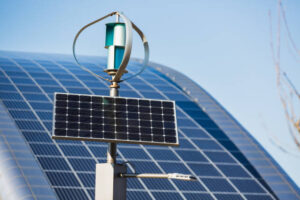
i. Increased Energy Production
Single-axis trackers can increase energy production by up to 25% compared to fixed-tilt systems. By following the sun’s trajectory, they maintain optimal panel orientation, resulting in more electricity generated throughout the day.
ii. Improved Efficiency
Because single-axis trackers optimise the angle of solar panels, they can generate more power from the same number of panels. This efficiency means you can achieve higher output without needing to install additional panels.
iii. Cost-Effective
While the initial investment for a single-axis tracking system is higher than for a fixed system, the increased energy output can lead to quicker returns on investment. Over time, the higher energy production can offset the higher upfront costs.
iv. Space Optimisation
For homeowners with limited roof space, single-axis trackers can be an excellent solution. By maximising the efficiency of each panel, you can produce more energy from a smaller area, making it a viable option for smaller rooftops or properties.
v. Maximised Winter Performance:
Traditional panels capture less sunlight in winter due to the lower sun angle. Single-axis trackers adjust to capture more rays, boosting your winter energy production by up to 10–15%.
vi. Smarter Investment:
While there’s an initial cost increase for the tracking system, the additional power generation can pay for itself in a shorter timeframe compared to fixed-tilt systems.
vii. Shine All Year Round:
Single-axis trackers are particularly beneficial in locations with seasonal variations in sun angles. They ensure your panels capture optimal sunlight throughout the year, not just during peak summer months.
Read more: How Long Do Tesla Powerwalls Last?
Applications of Single-Axis Solar Tracking
i. Residential Use
Single-axis solar tracking systems are becoming more popular in residential settings. Homeowners looking to maximise their solar investment and reduce their reliance on grid power can benefit significantly from this technology.
ii. Commercial and Industrial Use
While our focus is on residential applications, it’s worth noting that single-axis trackers are also widely used in commercial and industrial solar installations. Their ability to boost energy production makes them ideal for larger-scale projects where maximising output is crucial.
iii. Solar Farms:
Large-scale solar installations often utilise single-axis trackers to maximise power generation and land-use efficiency.
Ideal Applications of Single-Axis Solar Tracking: Who Can Benefit Most?
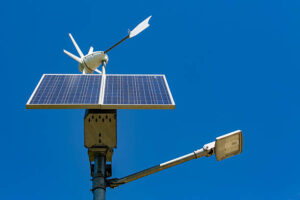
Single-axis tracking isn’t a one-size-fits-all solution. Here’s where it shines the brightest:
i. Large, open areas:
If you have ample space for a ground-mounted solar system, single-axis tracking can be a game-changer. It’s not ideal for rooftops due to the added weight and structural considerations.
ii. Sunny Locations:
Areas with high sun exposure and minimal shade throughout the day benefit most from single-axis tracking.
iii. High Energy Users:
If your household consumes a lot of electricity, the increased production from tracking can significantly offset your energy costs.
Read more: How to Build an Advanced Solar Energy Tracker
Challenges of Single-Axis Solar Tracking
i. Higher Initial Costs
The main drawback of single-axis solar tracking systems is their higher initial cost. The additional components, such as motors and controllers, add to the overall expense. However, the long-term benefits often outweigh these initial costs.
ii. Maintenance Requirements
Single-axis trackers have more moving parts than fixed systems, which means they require regular maintenance to ensure optimal performance. Homeowners need to be prepared for potential maintenance costs and efforts.
iii. Installation Complexity
Installing a single-axis tracking system is more complex than installing a fixed-tilt system. It requires precise calibration and alignment to ensure the panels track the sun accurately. Professional installation is recommended to avoid potential issues.
iv. Limited Roof Suitability:
Single-axis trackers are generally not suitable for rooftops due to weight and structural limitations.
Is Single-Axis Solar Tracking Right for Your Home?
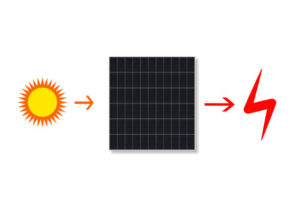
Deciding whether a single-axis solar tracking system is right for your home depends on several factors:
i. Budget
Consider your budget and the financial benefits of increased energy production. While the initial costs are higher, the long-term savings and quicker return on investment might justify the expense.
ii. Space Availability
Assess the available space for installation. Single-axis trackers can be beneficial if you have limited roof space but want to maximise energy output.
iii. Energy Needs
Evaluate your household’s energy needs. If you have high energy consumption or want to achieve maximum energy independence, a single-axis tracking system can be a valuable investment.
iv. Local Climate
Consider your local climate and sun exposure. Single-axis trackers are particularly beneficial in regions with high solar irradiance. However, they can still provide advantages in areas with less consistent sunlight.
Read more: Exploring the Risks Linked with Natural Gas Investment
Conclusion
Single-axis solar tracking systems offer a promising solution for homeowners looking to optimise their solar energy production. With the potential for increased energy output, improved efficiency, and long-term cost savings, these systems are worth considering for those committed to harnessing solar power. However, the higher initial costs, maintenance requirements, and installation complexity should be carefully weighed.
By evaluating your budget, space availability, energy needs, and local climate, you can make an informed decision about whether single-axis solar tracking is the right choice for your home. Embrace the future of solar technology and take a step towards greater energy independence.







